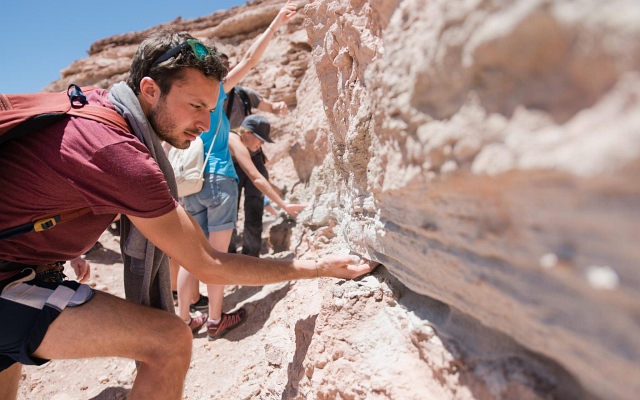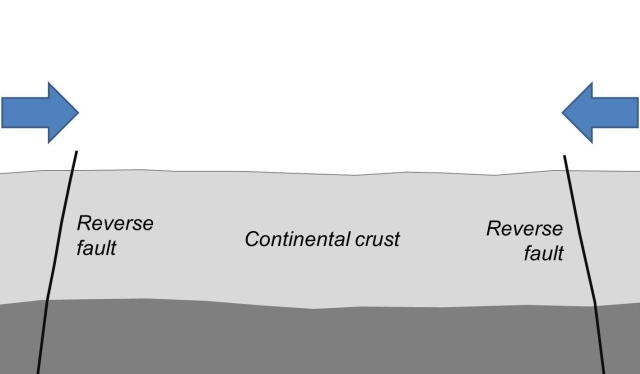

Travellers having crossed the Cordillera Domeyko when coming from Calama, and now expecting to arrive at San Pedro de Atacama very soon, will realize that this is not exactly true. There is anoher chain of hills in between which is, however, maximum 200 m high, stretching along the western margin of the Salar de Atacama. Rather unspectacular from the distance, a closer look reveals that the Cordillera de la Sal represents one of the geological, geomorphologic, and scenic highlights of Chile and maybe South America. A wild, but somehow structured mess of layers of various colours and shapes challenges the human eye. Various viewpoints do exist along the highway, at the Pucará de Quitor, and particularly in the Valle de la Luna, which is most impressive at sunset.
Click into the title image to see the Cordillera de la Sal from different perspectives.


















